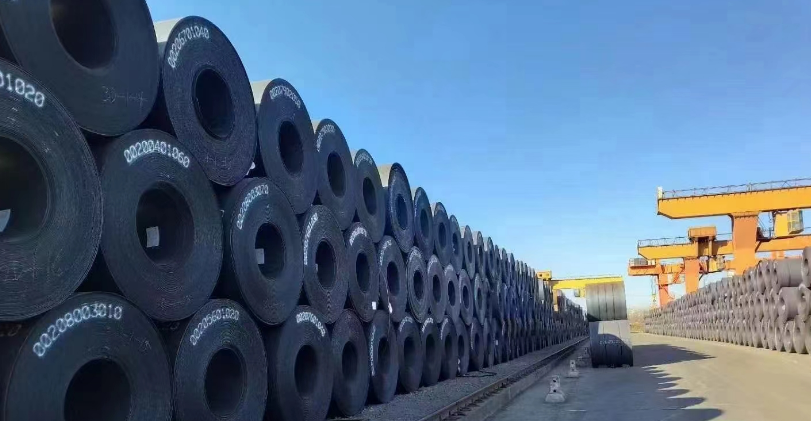Within the broad category of steel, there exist numerous subclasses and grades, each tailored for specific applications and requirements. Two such commonly encountered grades are Mild Steel and Carbon Steel. While both are forms of steel, there exist several significant differences between them. So, Mild Steel vs Carbon Steel: what is the difference? In this blog post, we will explore their differences in detail.

Mild Steel vs Carbon Steel: What Is the Difference?
Mild Steel vs Carbon Steel – 1. Definition and Composition
- Mild Steel: Mild steel, also known as low carbon steel, is a type of carbon steel with a relatively low carbon content, typically ranging from 0.05% to 0.30% by weight. Its low carbon content gives it its characteristic softness and ductility. Mild steel is also free from alloying elements such as chromium, cobalt, nickel, tungsten, etc., which are typically found in other steel grades.
- Carbon Steel: Carbon steel, on the other hand, is a broader category of steel that primarily consists of iron and carbon, with carbon content ranging from 0.03% to 2.0% by weight. Carbon steel can further be classified into subclasses based on its carbon content, such as low-carbon steel (similar to mild steel), medium-carbon steel, and high-carbon steel.
Mild Steel vs Carbon Steel – 2. Mechanical Properties
- Mild Steel: Due to its low carbon content, mild steel exhibits excellent ductility and toughness, making it suitable for bending and forming operations. However, its mechanical strength, particularly its yield strength and tensile strength, is relatively lower compared to other steel grades.
- Carbon Steel: Carbon steel’s mechanical properties vary depending on its carbon content. Low-carbon carbon steel has similar properties to mild steel, while medium and high-carbon carbon steel have higher strength but lower ductility and toughness.
Mild Steel vs Carbon Steel – 3. Applications
- Mild Steel: Mild steel’s excellent ductility, weldability, and machinability make it suitable for a wide range of applications, particularly in the automotive, construction, and machinery industries. It is often used for structural components, body panels, and other parts that require good formability and welding properties.
- Carbon Steel: Carbon steel, depending on its carbon content, finds applications in various sectors. Low-carbon carbon steel is used for similar applications as mild steel. Medium-carbon carbon steel is used for parts that require higher strength, such as axles, shafts, and bolts. High-carbon carbon steel, with its high strength and hardness, is primarily used for tools, knives, springs, and other applications that require wear resistance and durability.
Mild Steel vs Carbon Steel – 4. Corrosion Resistance
- Mild Steel: Mild steel has relatively poor corrosion resistance compared to other steel grades, especially in damp or corrosive environments. It often requires protective coatings or painting to prevent corrosion.
- Carbon Steel: Carbon steel’s corrosion resistance also depends on its carbon content. Low-carbon carbon steel has similar corrosion resistance to mild steel. However, with increasing carbon content, carbon steel becomes more susceptible to corrosion.
Mild Steel vs Carbon Steel – 5. Cost
- Mild Steel: Mild steel is generally more affordable compared to other steel grades due to its widespread availability and ease of production.
- Carbon Steel: Carbon steel’s cost varies depending on its carbon content and alloy content. While low-carbon carbon steel is relatively affordable, medium and high-carbon carbon steel can be more expensive due to their increased strength and hardness.
Conclusion
Mild steel and carbon steel, despite both being forms of steel, exhibit significant differences in composition, mechanical properties, applications, corrosion resistance, and cost. Mild steel, with its low carbon content and excellent ductility, is suitable for applications that require good formability and welding properties. Carbon steel, on the other hand, offers a range of mechanical properties depending on its carbon content, making it suitable for various applications ranging from structural components to wear-resistant tools and knives.
Thank you for reading our article and we hope you’ve enjoyed it. If you are looking for carbon steel suppliers online now, please don’t hesitate to contact Huaxia Steel.
As a leading supplier of carbon steel products from Shanghai China, Huaxia Steel provides customers with high-quality carbon steel, tool steel, alloy steel, carbon steel tubes, and carbon steel pipes at a very competitive price.







